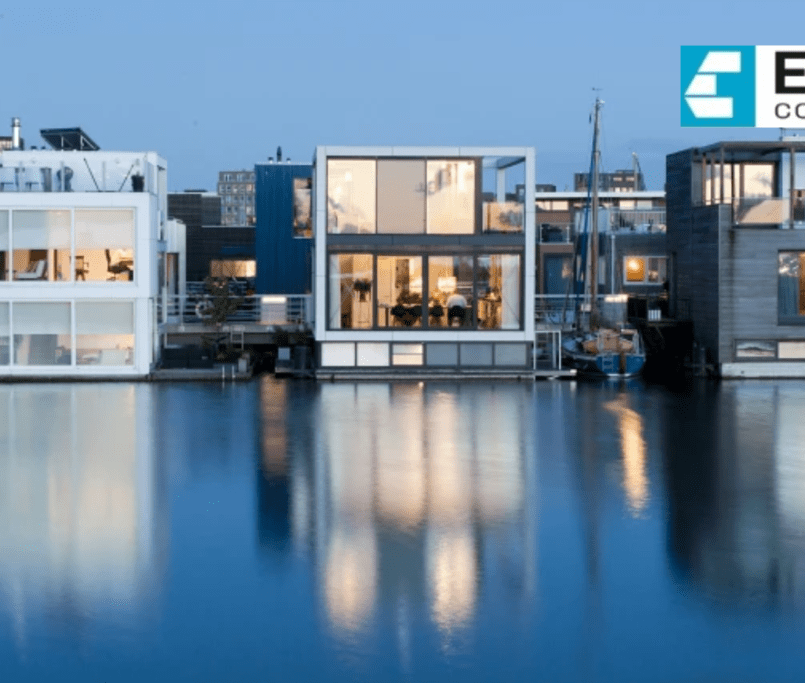3D Printing and Structural Design Engineering: A Game-Changing Synergy
Introduction
The convergence of 3D printing technology and Structural Design Engineering has sparked a paradigm shift in the construction industry. This article delves into the transformative potential of this dynamic partnership, exploring how 3D printing is revolutionizing structural design engineering practices.
- Innovative Fabrication: Redefining Construction Methods
3D printing is reimagining the way structures are built. Structural Design Engineering embraces this technology, allowing for the fabrication of complex and intricate structural elements that were once challenging or impossible to construct using traditional methods.
- Customization and Complexity: Tailored Solutions
The marriage of 3D printing and Structural Design Engineering enables unparalleled customization. Engineers can design and print unique, site-specific components, offering tailor-made solutions that match the specific needs and constraints of each project.
- Material Advancements: Expanding Design Possibilities
The evolution of printable materials has expanded design possibilities. From concrete to composite materials, Structural Design Engineering harnesses a variety of substances compatible with 3D printers, enhancing structural performance and allowing for experimentation with novel materials.
- Precision and Efficiency: Streamlining Construction
3D printing ensures precision in manufacturing components, reducing material waste and construction time. Structural Design Engineering leverages this technology to create intricate designs with high accuracy, enhancing efficiency in the construction process.
- Complex Geometries: Embracing Design Freedom
3D printing enables the realization of complex geometries and organic shapes that were previously challenging to produce. Structural Design Engineering capitalizes on this freedom, crafting innovative structures that break away from conventional design constraints.
- Sustainable Construction: Reducing Environmental Impact
The combination of 3D printing and Structural Design Engineering aligns with sustainable construction practices. By minimizing material waste and optimizing designs, this synergy contributes to a more eco-friendly approach to building structures.
- Challenges and Future Prospects: Navigating the Path Ahead
Despite its promise, 3D printing in Structural Design Engineering faces challenges such as scaling, regulatory standards, and material limitations. However, ongoing research and development aim to address these hurdles, paving the way for wider adoption and innovation.
Conclusion
The collaboration between 3D printing and Structural Design Engineering marks a revolutionary shift in the construction landscape. This synergy introduces novel design possibilities, enhances efficiency, and moves the industry towards sustainable and customizable construction methods. As both technologies advance, their integration promises to shape a future where creativity, precision, and sustainability converge to redefine the way we build structures.
Disclaimer: This content is provided solely for your review. Erusu Consultants takes no liability for this article. The reader is advised to form their own opinion. Please consult a Structural Engineer before making any final decisions.






